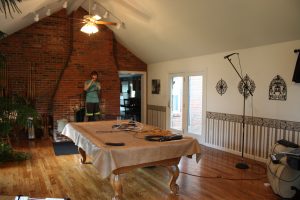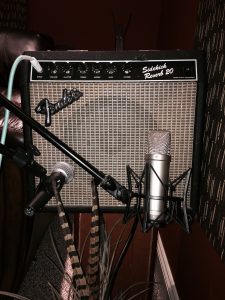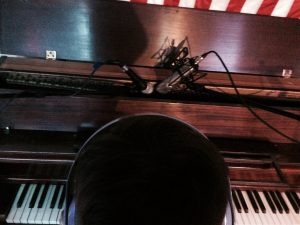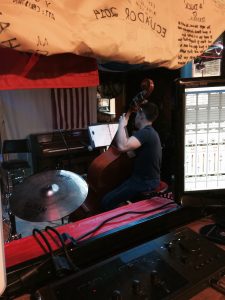The problem I have for the coming week is that the only audio interface that is supported by my version of Pro Tools is my Fast Track C600, which works great for recording instruments where I only need one or two channels since it is only a four channel interface. The problem we have is that next week we are planning on recording drums which, depending on the style of recording and desired sound, can use five to eight mics easily. The other option I have is to use the Mackie ONYX 1620 mixing console, which has eight microphone inputs. The problem with the second option is that, as I mentioned earlier, my version of Pro Tools does not support the Mackie ONYX 1620, so I would have to run all of my drum mics out of the mixer, into my Fast Track C600, and finally into Pro Tools as one stereo track. This means that I would have to get my sound levels and EQing exactly right for each channel before we recorded it. Today I spend some time experimenting with different mics to see if I can get a good sound that I want for my project while only using three or four microphones or if I just want to mic up the whole drum set and hope I can EQ everything the way I want it beforehand. I haven’t yet decided what I’m going to do, but I’m leaning towards the fewer mics approach. Today I also spent making sure everything is charged, clean, and where we need it to be for Monday because when we are trying to record drums for an entire EP in one week, its would probably not be too fun to be looking around for mic cables or drum sticks. Over all its been a really good first two weeks and I’m very excited to actually start recording.








